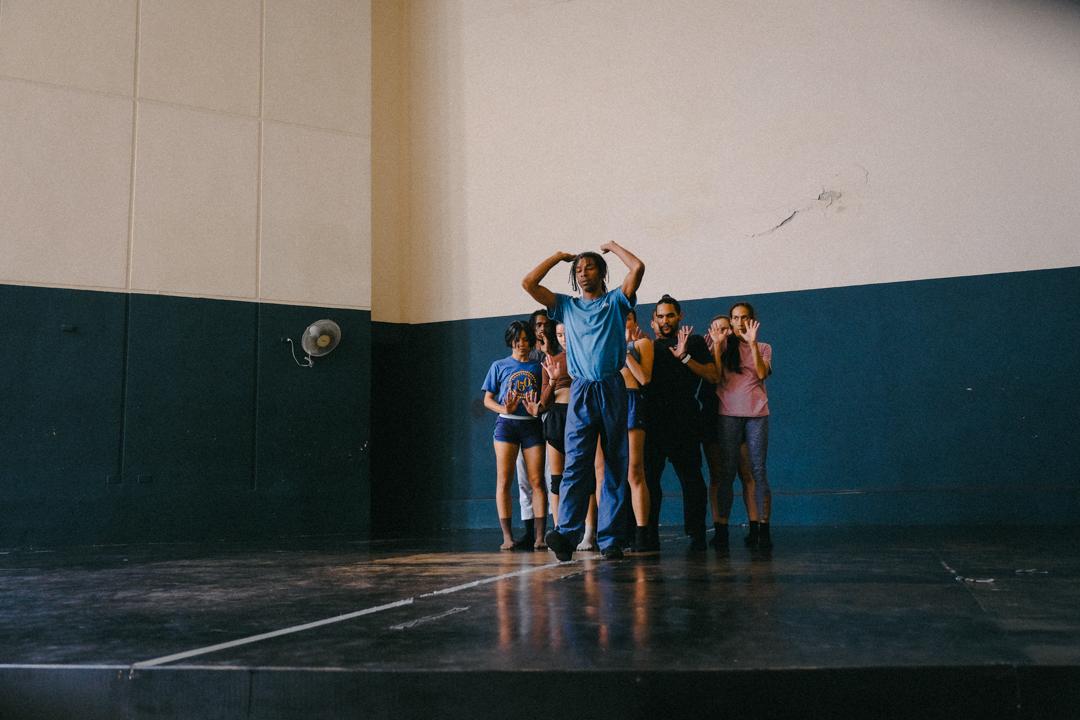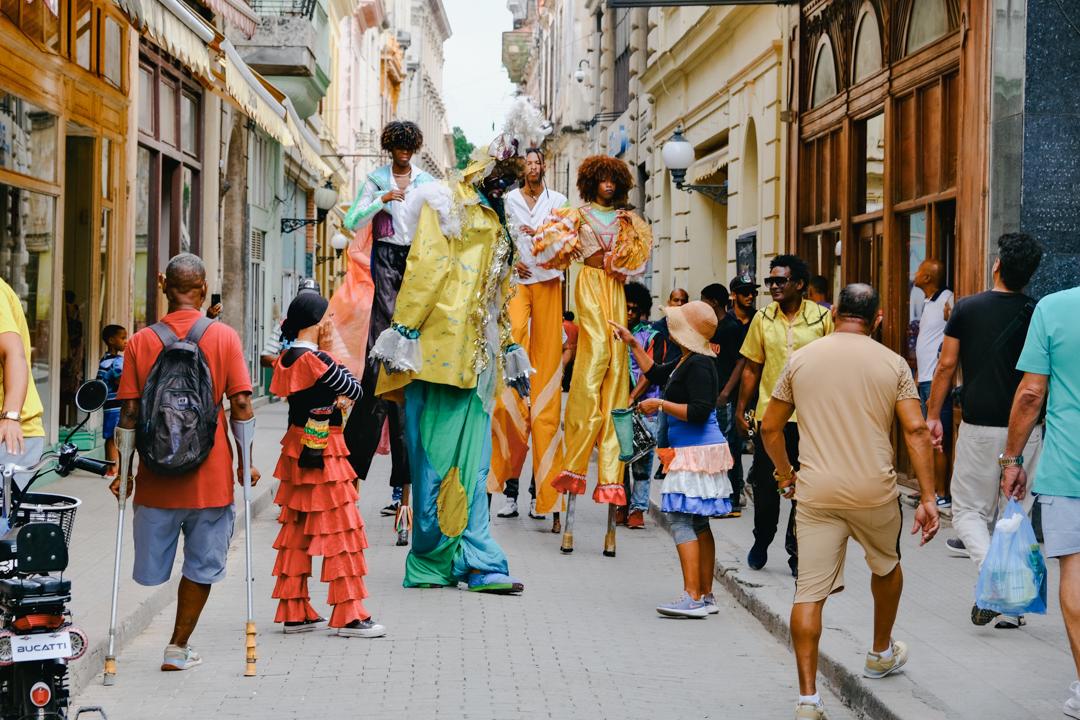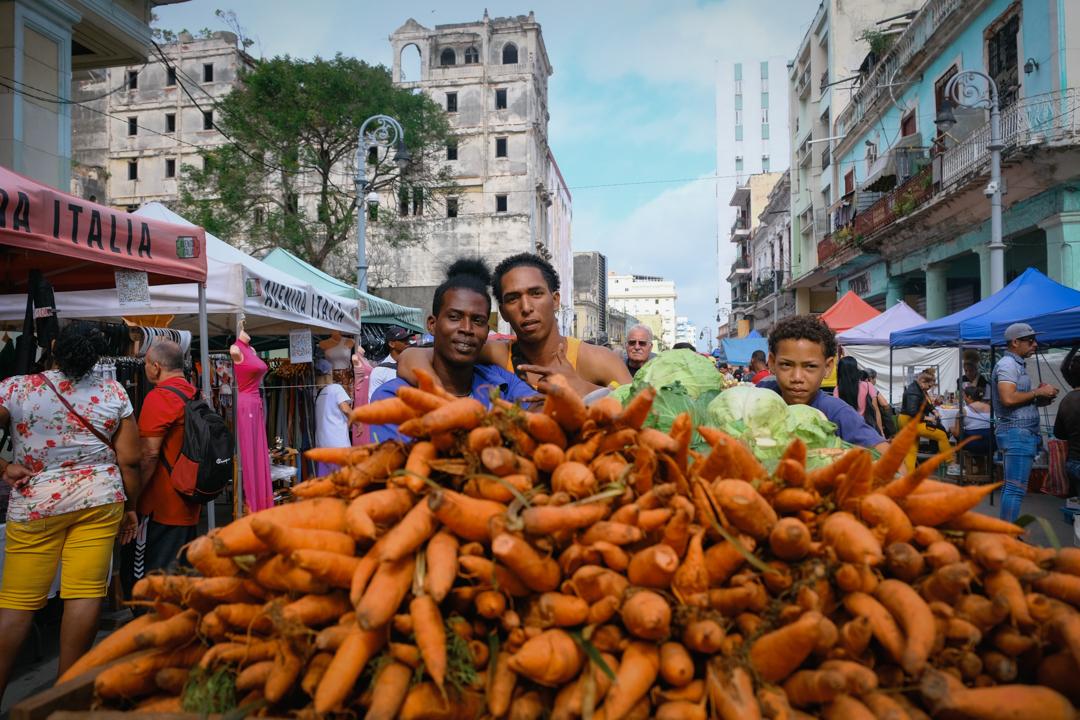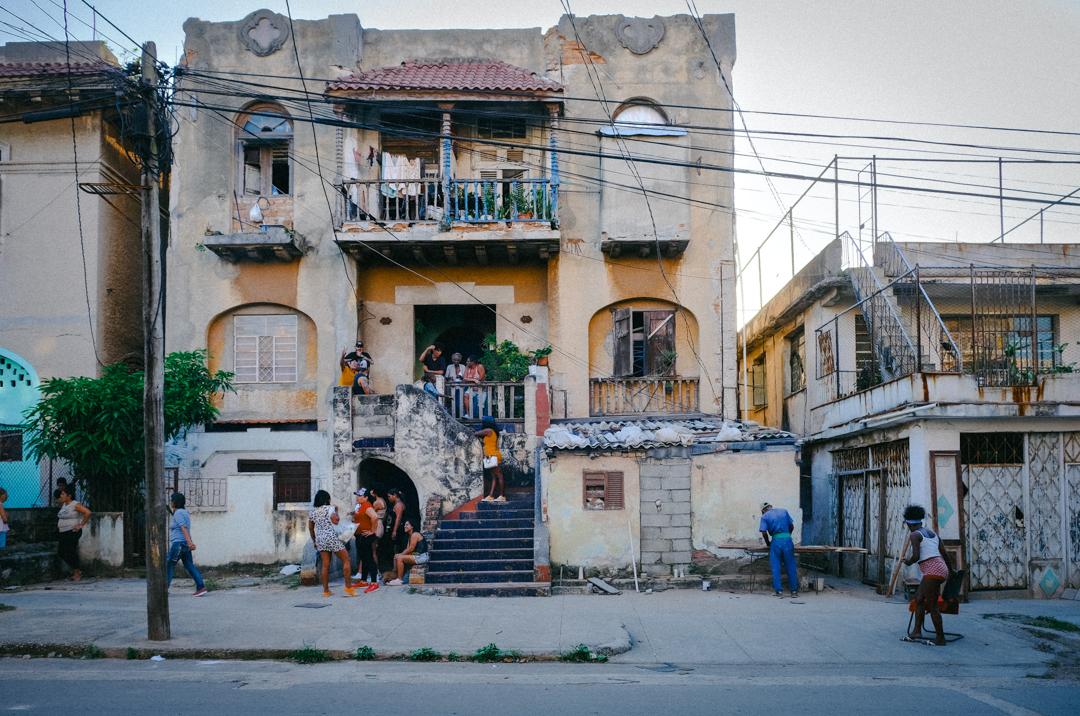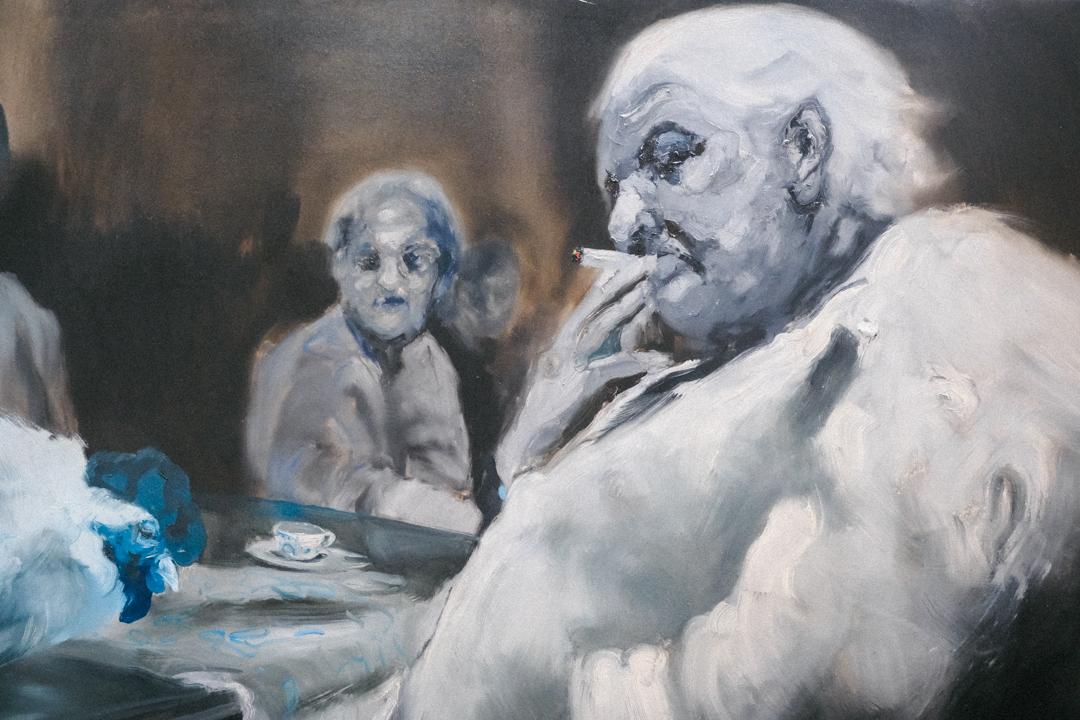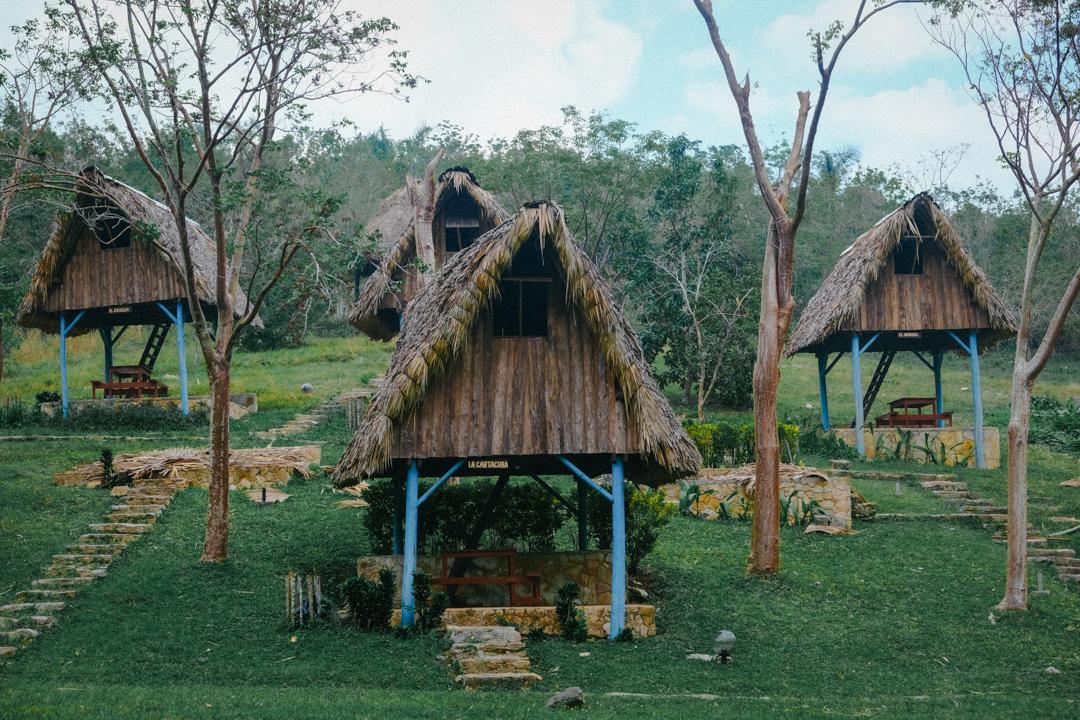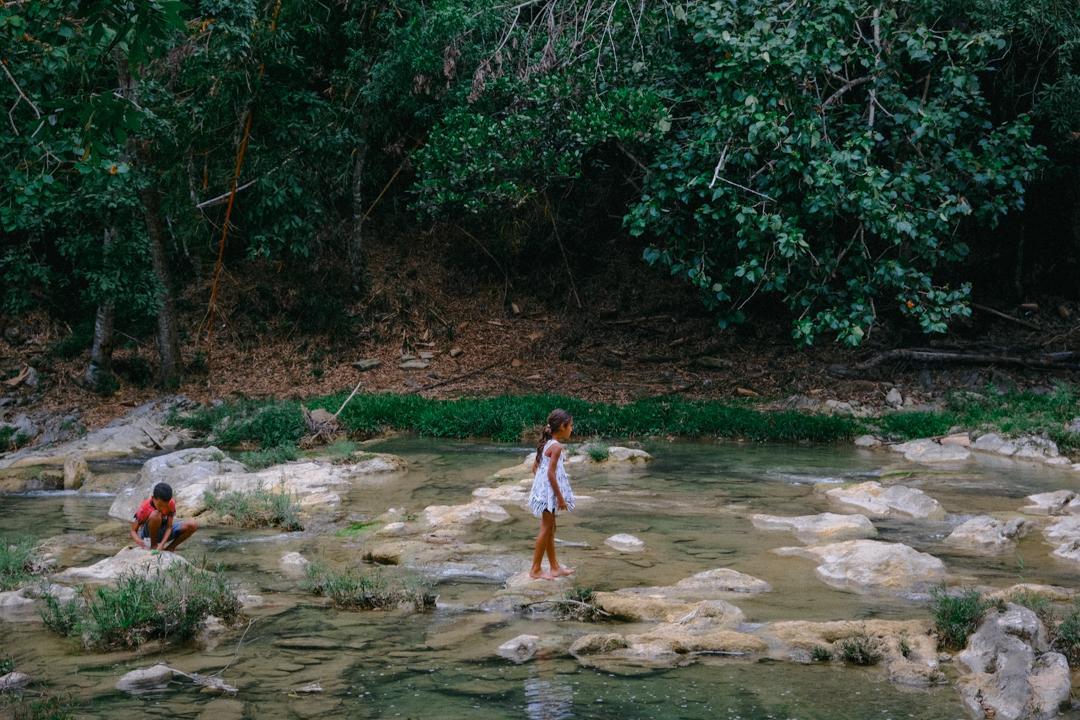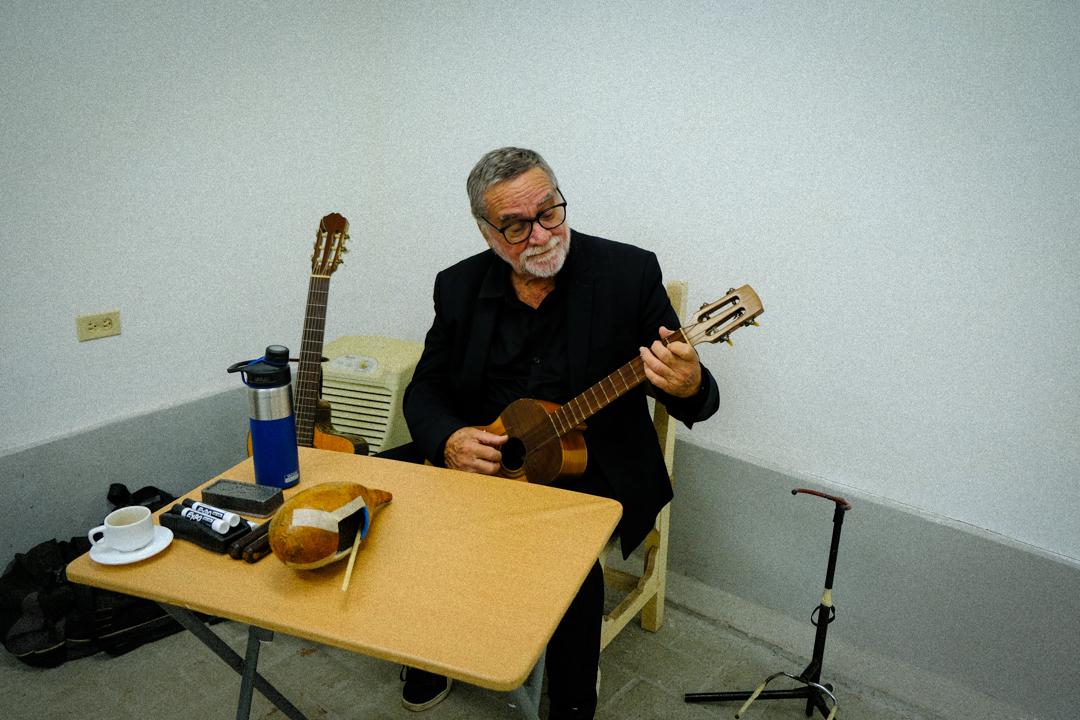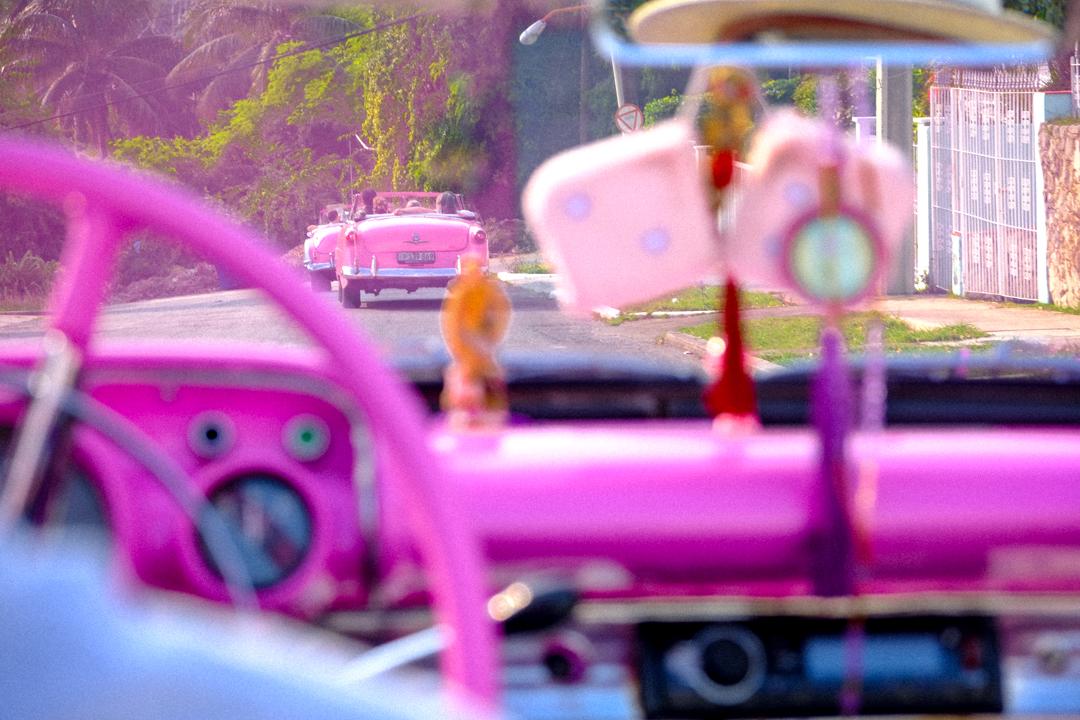Could you describe the inspiration behind some of the photos you captured in Cuba?
Isabella: I took most of these photographs in the spur of the moment. However, I wanted to capture the energy, particularly in the Vedado neighborhood where we stayed. It is a place with a strong sense of community and music emanating from every corner. I wanted to take photos that told a story on their own but could also tell one when strung together. There was something deeply cinematic about everyday life, which was highlighted even more by the fact that we didn't have our phones to distract us from all the powerful things in front of us. The black-and-white photos, for example, were taken in the back of a shared taxi. Calling a taxi in Cuba is not a planned thing, and it's not guaranteed that they will be available at any given time. However, each taxi experience is unique. In this particular instance, the small backseat was crammed with adults, children, animals, and musical instruments. It felt like far more life than the car seemed capable of holding. Amid the beautiful crescendo of chaos, my friends and I glanced out of the back window and were struck by how cinematic the streets looked. We thought they looked like scenes unfolding from an old film strip. Inspired, we captured a series of photos from that perspective and edited them together to create a film strip of our own.
